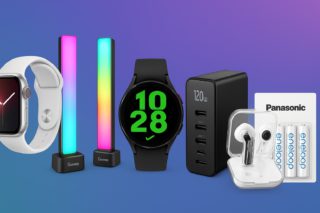Nine consecutive quarters of subscriber decline will make any dating app desperate. Tinder’s latest gambit? An AI feature called Chemistry that promises better matches by analyzing your Camera Roll photos—if you’ll let it peek behind the curtain of your private digital life.
How Chemistry Actually Works
The AI scans your photos for lifestyle cues, then matches you with compatible strangers.
Chemistry learns about users through interactive questionnaires combined with visual analysis of your device’s photo library. The AI identifies patterns in your images—outdoor activities, social settings, pets—then connects you with people who share similar interests. Instead of endless swiping, you get a curated selection of highly compatible profiles daily.
Currently piloting in New Zealand and Australia, the feature requires explicit user consent before accessing photos. Match Group CEO Spencer Rascoff plans to make Chemistry a “major pillar” of Tinder’s 2026 product experience, assuming pilot results justify the privacy trade-off.
The Privacy Reality Check
Camera Roll access reveals far more than your hiking photos and brunch shots.
Here’s what “optional” photo access actually means: Tinder’s AI could analyze everything in your camera roll, from screenshots of conversations to images with sensitive background details. Privacy experts warn the benefits don’t justify this level of access to personal data.
Meta is running similar experiments, scanning users’ private photos for content suggestions—and their toggles sometimes activate by default despite claims about user control. Even with genuine consent, the transparency gap remains massive. You’re trusting these companies to analyze, store, and potentially repurpose the most intimate documentation of your life.
Missing the Point Entirely
AI compatibility can’t fix what’s fundamentally broken about swipe culture.
Dating app fatigue isn’t about finding better matches—it’s about the dehumanizing nature of endless evaluation itself. Users are abandoning digital dating for offline connections, tired of treating relationships like a shopping experience.
Tinder’s AI solution addresses symptoms while ignoring the disease. Your photos might reveal whether you’re outdoorsy or social, but they can’t capture chemistry, humor, or the indefinable spark that makes someone worth knowing. The real question isn’t whether AI can read your pictures better than humans can—it’s whether you’re ready to trade your privacy for a slightly more sophisticated version of the same broken system.





























